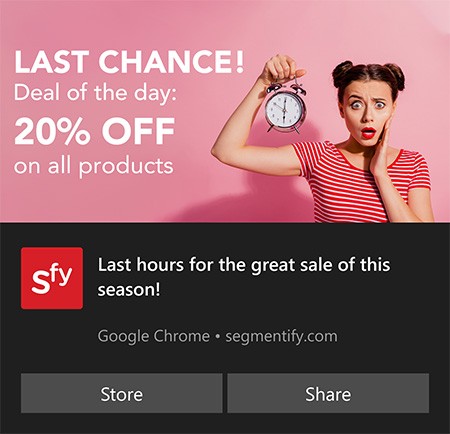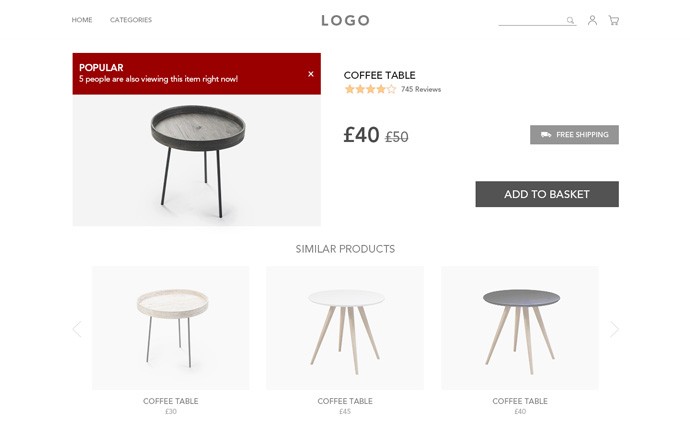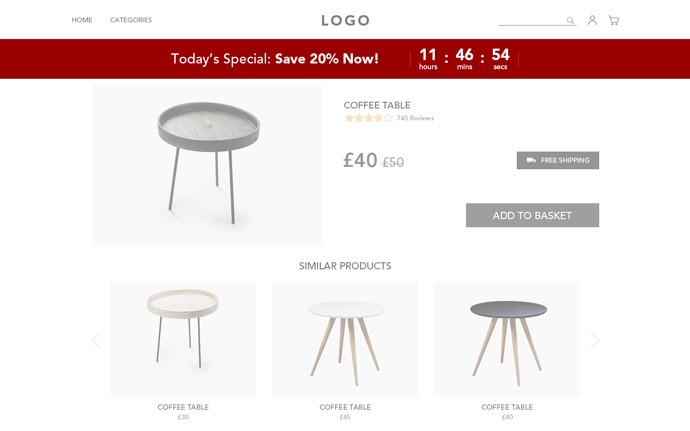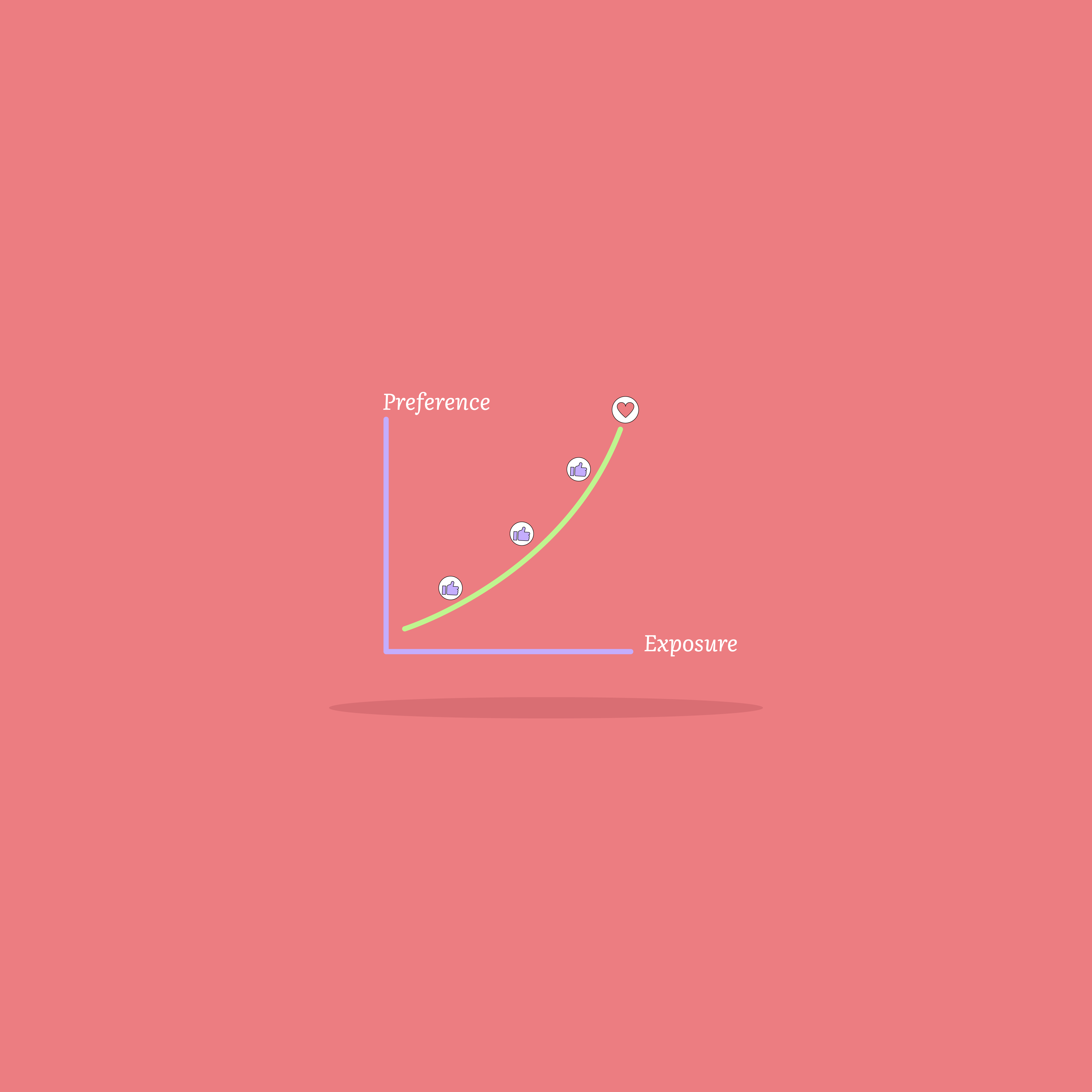Our websites use cookies. By continuing, we assume your permission to deploy cookies as detailed in our Privacy Policy.
How FOMO Marketing Drives Consumer Decisions
Have you ever considered what affects our purchasing decisions and what could push us through the edge faster?
Whether you’re on an eCommerce site with a specific goal or casually browsing through your favourite online store, FOMO can significantly influence your purchasing decisions.
This article will dissect the concept of FOMO marketing, revealing how eCommerce sites strategically adopt it and exploring the intricate correlations at play.
Key Takeaways
- FOMO marketing, driven by the fear of missing out on opportunities, significantly shapes consumer decisions in eCommerce, leading to impulsive purchases within a short timeframe.
- eCommerce sites employ FOMO marketing through channels like push notifications and emails, emphasising scarcity, limited-time offers, and social proof to create a sense of urgency and drive conversions.
- Platforms like Segmentify play a crucial role in enhancing FOMO marketing by delivering personalised content, banners, and alerts, maximising website potential and effectively engaging customers to boost sales.
What is FOMO?
FOMO is a psychological phenomenon or feeling that makes you feel like you are pushing a great opportunity aside and missing out.
People experiencing FOMO feel as if other people might have more fun and experience better things when compared to their situation. It is a common phenomenon that many people encounter, being overwhelmed in the face of a missed opportunity.
Understanding FOMO Marketing: A Psychological Phenomenon
Humans flourish on great opportunities, feeling as if they are capitalising on their situation and gaining maximum profits.
Indeed, one can trace this concept back to our evolutionary instincts, where the human drive to survive in the face of struggle and risk caused them to seek the best option possible at all times. It is a valid impulse shaped by our ancestral heirloom that may affect critical decisions like buying behaviour to this day, whether we are aware of it or not.
Today, many correlate FOMO with social media and digital penetration, increasing the level of social comparison in society.
Social media platforms tend to portray people at their best and show a constant flood of feeds where people enjoy life, divulge new experiences, and commit to new adventures. This may create unrealistic expectations and images surrounding how other people live, inevitably pushing people towards social comparison.
“The Fear of Missing Out”, or FOMO, encompasses various situations. It might be a Saturday night party where you chose to stay home or a work decision prioritising a safer option with higher pay. Nevertheless, it creates a sense of missing out on something significant.
The first person to ever refer to the concept was Dan Herman in 1966, who explored what FOMO meant as a marketing strategy.
The concept quickly accelerated right after, with social media imposing and creating a distorted image of comparison with what is normal.
So, how are we affected by this situation?
How FOMO Marketing Works in eCommerce
In eCommerce, the biggest reason FOMO marketing is used so actively is that the urgency and the prospect of missing out on things significantly impact shaping people’s decisions.
According to “trustpulse”, 60% of people who experience FOMO shop mostly within 24 hours.
FOMO marketing talks about digital messaging and storytelling that appeals to consumer expectations and makes them think they have an opportunity to slip through their fingers. For many consumers, an impulsive purchase seems immediately better than regretting not acting on the impulse later.
Human beings are considered to be highly risk-averse species. That is why many people tend to shy away from making purchases, facing the risk of committing money to an item or service that will not meet their expectations.
But, when it comes to the potential of regretting missing out on an opportunity, we feel risk avoidance instincts again.
Say you are considering buying a new phone and have a general understanding of how much money you are willing to commit and what kind of phone you want.
You are surprised to see a push notification introducing a massive promotion by your local Apple Store.
Surprisingly, the phone in the ad looks like the phone you were imagining. Despite not reaching a final decision on what phone you want to purchase, you are beginning to feel FOMO because you don’t want to miss the promotion. At the end of the day, you might be saving a lot of money for something you were already thinking of buying anyway.
Say hello to FOMO marketing!

Viral campaigns help promote FOMO among consumers; they make people think everyone around them is buying a product or considering an opportunity, making them want to join the bandwagon.
There are many ways to approach this concept to convince prospects to complete a purchase.
Let’s dig into some details and relevant scenarios.
2 Examples of How eCommerce Uses FOMO Marketing
1. Social Proof
Gain their trust and confidence.
Download the Segmentify Social Proof Playbook today to skyrocket trust and conversions with proven social proof examples.

You’ve just moved into your new apartment and are looking for a nice coffee table for your living room.
Something on an eCommerce website has caught your eye, and you’ve entered the product detail page to view its details. You liked it very much and decided to buy the product later.
With this decision, you may not revisit the site; you may decide to buy from another store. You come across a banner or a pop-up out of nowhere that says a limited number of that product is in stock.
You can see that 5 people have viewed the product, and 35 people have bought it in the last 24 hours. If you leave the site now and postpone the purchase, the probability that the product will run out is relatively high. You do not underestimate this possibility and buy the product immediately.
This is one of the most concrete examples of FOMO marketing!
The example we see in the scenario is called “social proof”, one of the most powerful tools that can be used in FOMO marketing to increase on-site conversion rates.
Suppose more than one user is viewing or purchasing the same product at the same time. In that case, the visitor thinks, “The product’s stock is limited, and more than one person is currently viewing it like me; it might run out any minute!”
This type of thinking pushes people to purchase products significantly faster than others!
2. Limited-Time Offers

Like social proof, limited-time offers are one of the most powerful ways FOMO marketing encourages visitors to buy.
Suppose there is a limited-time offer, a countdown for the campaign to end, or a limited discount for a specific term. In that case, the visitor will be encouraged to purchase before this term ends. These kinds of FOMO marketing scenarios push people to think that they may not reencounter this opportunity and will have to act quickly to take advantage of it.
Such FOMO marketing campaigns can take many forms, such as push notifications, personalised emails, Whatsapp campaign messages, social media ads, etc.
Final Thoughts on FOMO Marketing
There is a super high chance that you’ve already come across a FOMO marketing example in your experience with an eCommerce site. Many eCommerce sites use email campaigns and push notifications intensively to reinstate this feeling of FOMO in buying behaviour.
Digital marketers use these email campaigns and push notifications to remind people of products they viewed in the past and pages they have visited and encourage them to convert by showing limited stock, a campaign deadline, and an expiration on a discount, creating a sense of urgency.
This article attempts to convey the concept of FOMO and FOMO marketing and build upon successful examples to clarify how eCommerce sites utilise it to boost sales and conversions. We often see and hear that marketing methods are flourishing, especially where psychology and eCommerce are intertwined. This is one of the great beauties of multidisciplinary approaches!
Customer engagement platforms like Segmentify help you capitalise on FOMO marketing to help unlock the potential of your website/app and boost your sales. Segmentify helps you deliver personalised content in the sales funnel through personalised banners, product recommendations, and alerts that remind visitors to continue shopping and not miss out on opportunities.
Contact Segmentify’s growth managers for more detailed information and to discuss solutions that suit your needs.
Editor’s Note: This article was originally published on May 25, 2021, and was updated for accuracy and comprehensiveness on December 12, 2023.





